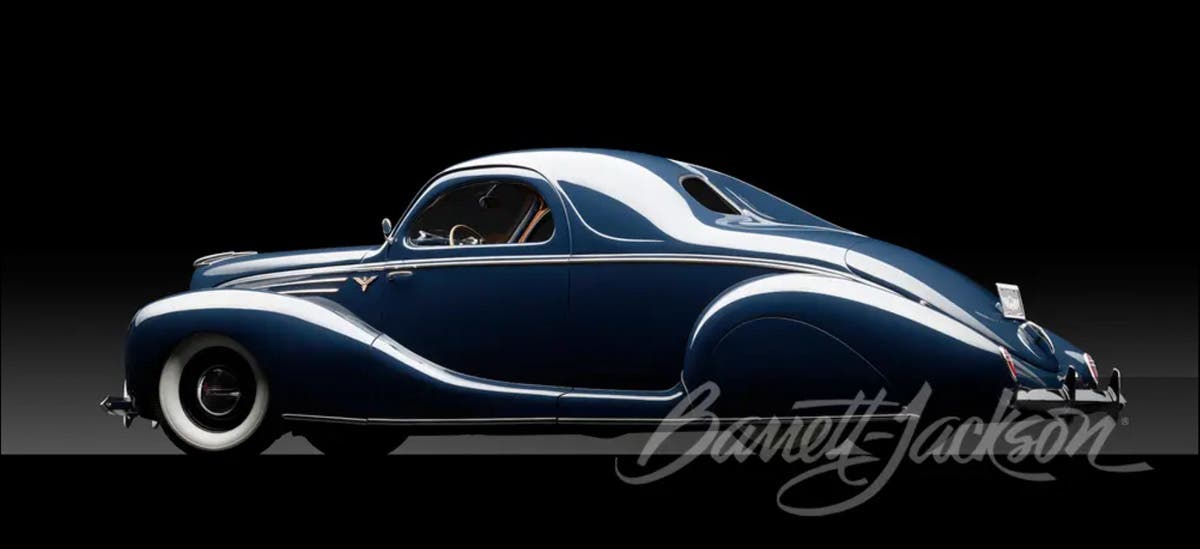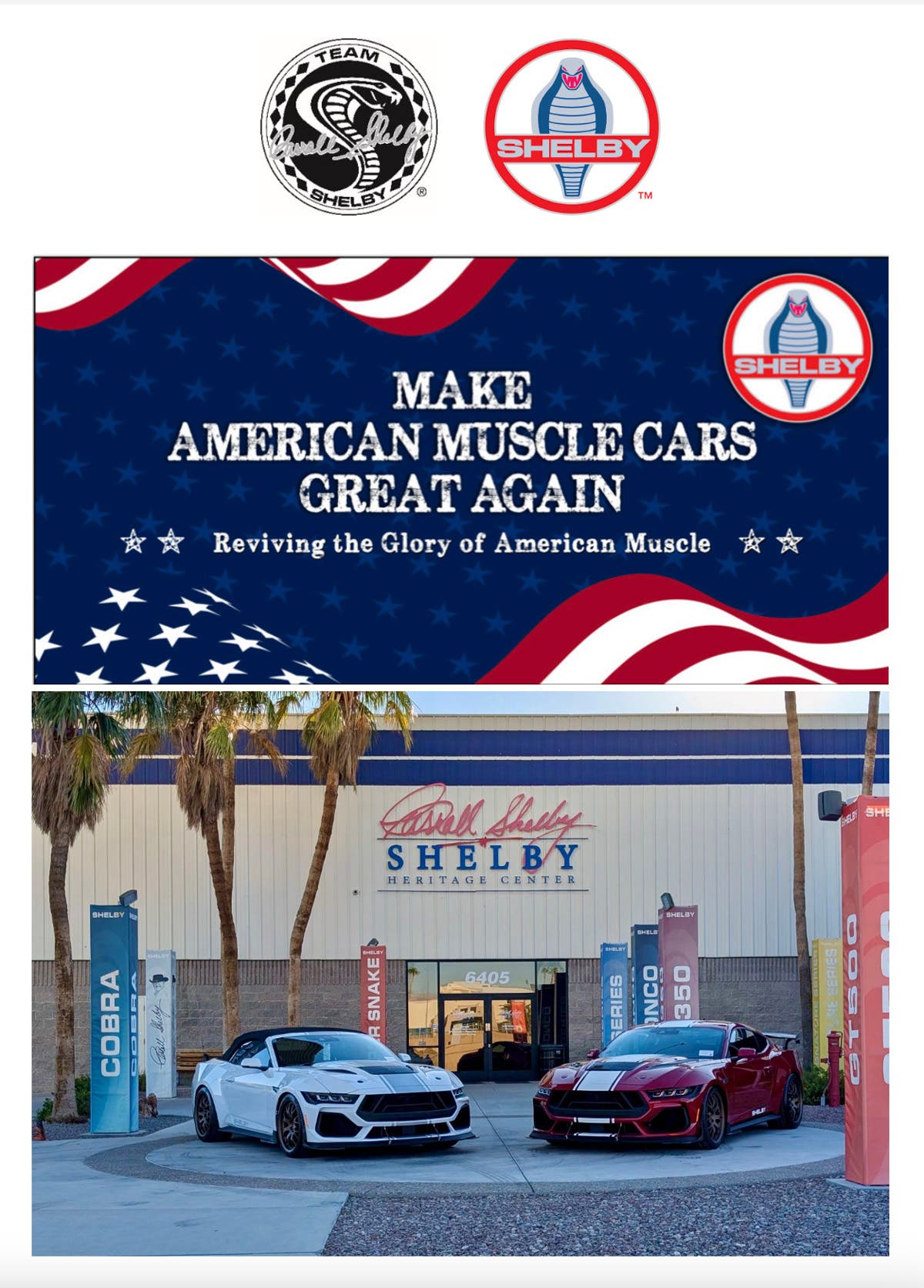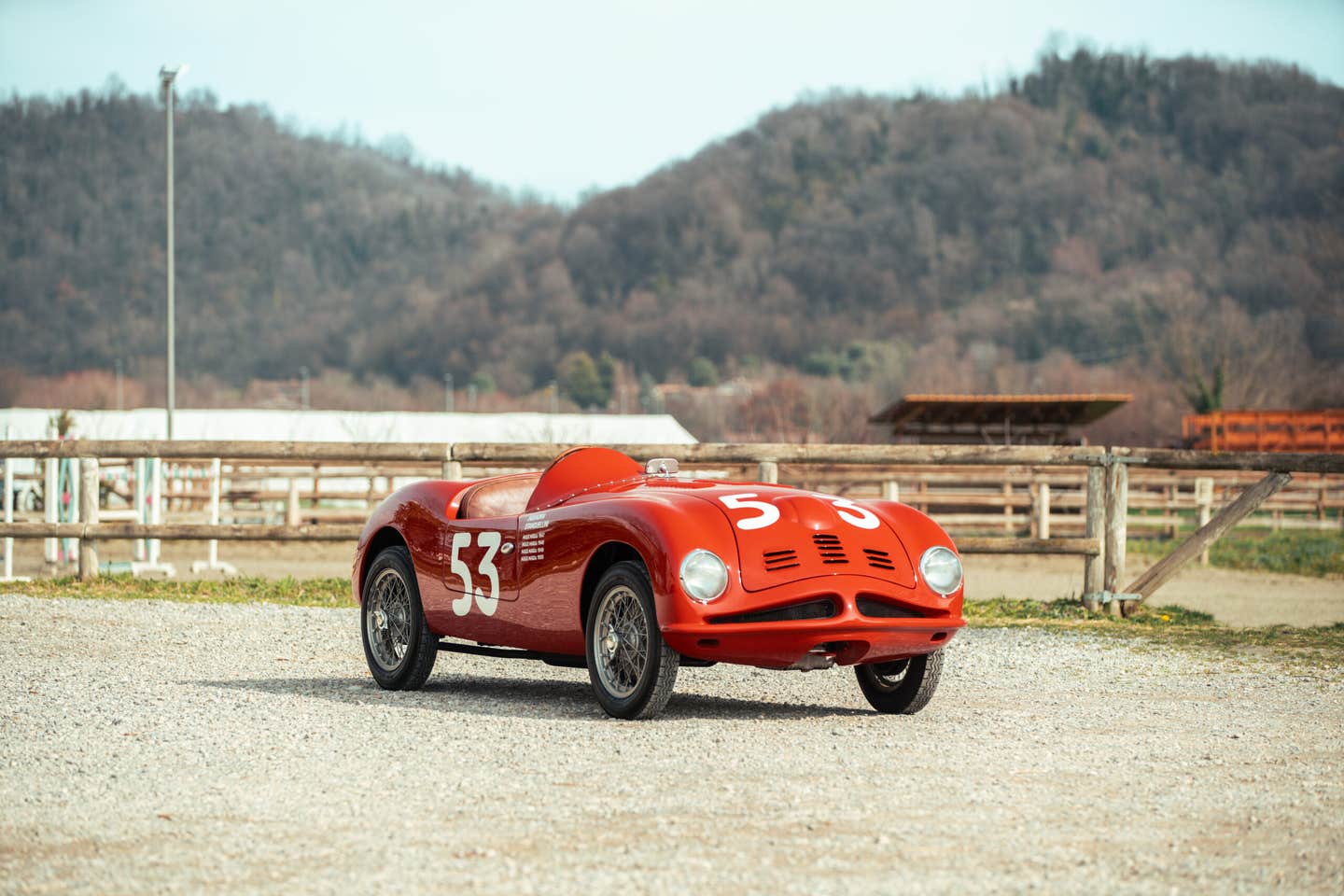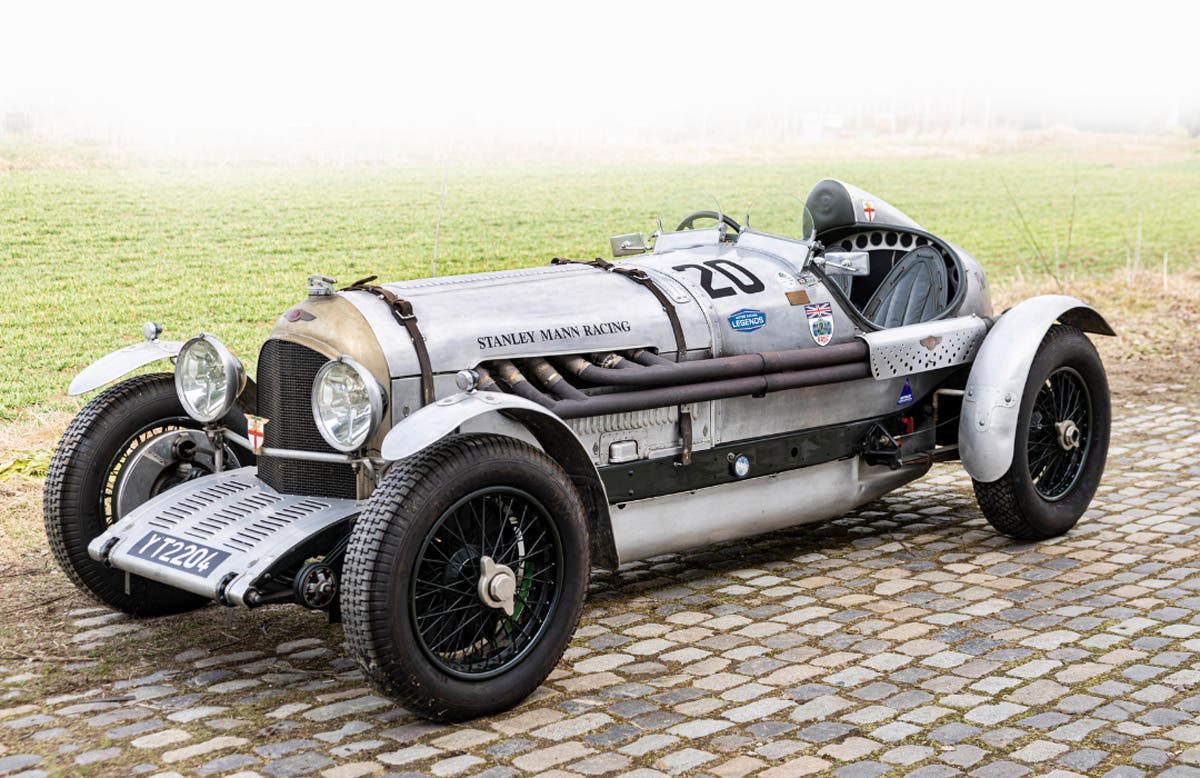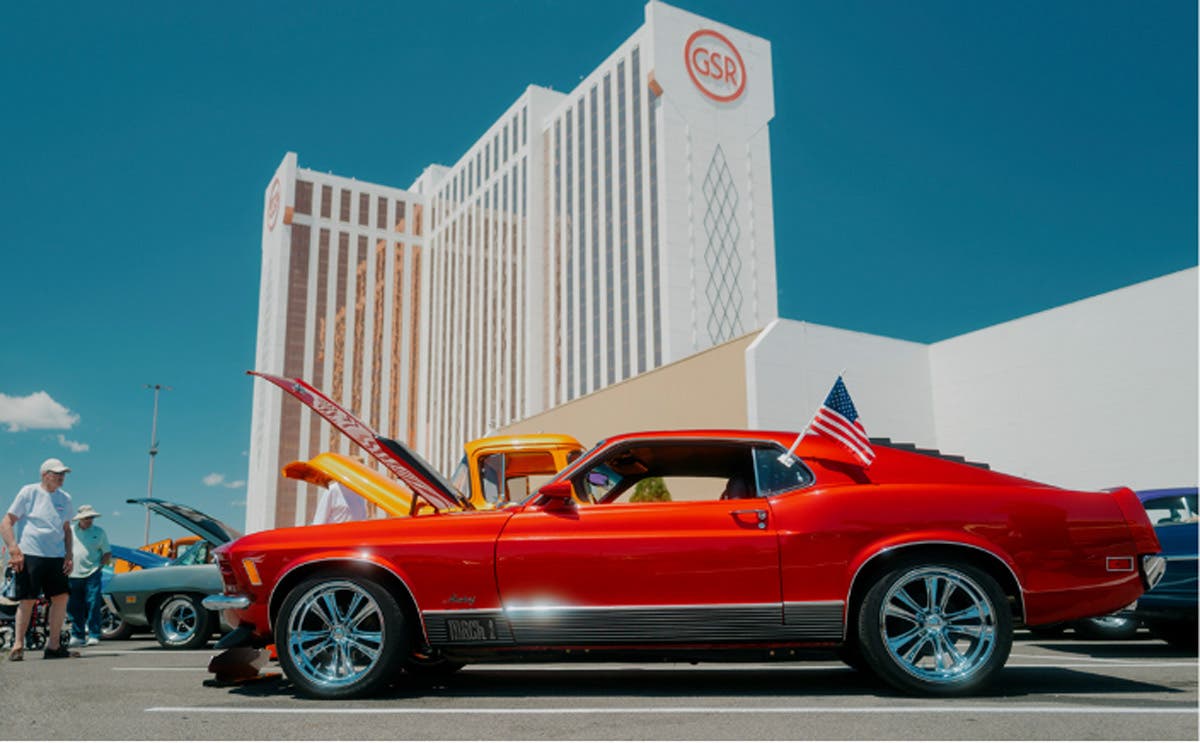Lincoln’s legacy to the ’70s – Mark IV Continental
Story and photos by B. Mitchell Carlson When Lincoln-Mercury Division introduced the all-new Continental Mark IV in late 1971, employees knew they had a winner on their hands. Not necessarily because…
Story and photos by B. Mitchell Carlson
When Lincoln-Mercury Division introduced the all-new Continental Mark IV in late 1971, employees knew they had a winner on their hands. Not necessarily because they were dead certain about this particular car, but because of the unbridled success of the car it was replacing, the Continental Mark III. Lee Iacocca's "T-Bird with a Rolls-Royce grille" had overnight put Lincoln neck-and-neck against the Cadillac Eldorado for the top of the personal luxury coupe sales list. Throughout their history, the Mark series would swap back and forth the sales lead with the Eldo, eventually dominating it in sales during the 1970s. While some may have felt that the Mark III looked contrived, to a certain extent, that's why it sold so well. It had the two major styling clichés that stole sales away from Eldorado: the spare tire hump trunk lid and quasi-classic-style grille. The statement by Ford's then vice-president of design when the Mark III was introduced still carried through two model generations later: "...people will be divided into two camps. Some people will respond to this thing and will decide they have to have it. Others won't touch it with a 10-foot pole. The buffs may not like it, but the people with money will."
With the growth of the Thunderbird platform for the 1972 model year, it was obvious that the Mark series would continue with it. If the Mark III was considered big, the Mark IV was huge. However, it was more perception than fact. The car was noted for its perceived and actual excessive length, accentuated by the long hood and doors. But the fact of the matter was that it was only four inches longer, a half of an inch lower and nearly the same width as the previous Mark III.
Another thing that continued from the Mark III was the powertrain. While the new T-Bird was initially offered only with the 429-cid V-8, the Mark IV was equipped with Ford's powerhouse engine, the 460-cid V-8. To accurately trace the lineage, one would have to accurately say that the 429 was actually an off-shoot of the 460. The 460 was developed for the Mark III program for late 1968, and debuted in that car. Shortly thereafter, the 1969 Continentals received that motor. In its inaugural tune of 365 horsepower, it was a high-compression engine (10.5:1) designed for providing lots of torque (a massive 500 lb.-ft. worth) across the power band for pulling full-sized cars. It was also designed initially to deal with the new slate of "smog laws" that were coming into effect for 1968, to the point that initially it didn't require a smog pump. Later that year, the 429 evolved as a destroked version for lighter vehicles. Namely, it was mostly found in Galaxies, LTDs, T-Birds, Marquis, and in 1971 only, Mustangs and Cougars. For 1972 tune, the new net horsepower rating was now 224 (12 more than its Continental stable mates), thanks not only to the standard of measuring at the drive wheels instead of the flywheel, but also due to detuning for further emissions controls.
One thing that would eventually become another styling cliché synonymous with the Mark series was introduced with the Mark IV: the porthole rear quarter window. Taken from the 1956-'57 Ford T-Bird's porthole hardtop window, the 1970s reincarnation was morphed into an oval — not unlike the Ford corporate one. Unlike the somewhat functional original, this one in the Mark IV did very little to aid in rear quarter vision — it was purely a styling gimmick. Actually, when the Mark IV first hit showrooms, the porthole window was an extra-cost option. However, due to the high level of popularity right out of the gate, it became standard equipment by mid-year of the 1972 product cycle, with porthole window delete becoming an option that only lasted to the end of the model year. Therefore, a 1972 Mark IV without the porthole is a rather rare car, indeed.
When all was said and done, the Mark IV proved that it had what this market wanted, outselling the Eldorado by 8,517 cars in '72.
For 1973, a new safety mandate started to change the look of the Mark IV. 5-mph frontal impact bumpers were now required, so the tucked-under front fascia and initial point-of-impact grille gave way to what detractors called a "guard rail' bumper up front. Since less of the cathedral grille was exposed, it was significantly shortened, terminating at the top of the bumper instead of dipping into it. The other big change up front was larger turn signals on the ends of the fenders.
In 1974, the rear bumper matched the front in general size, proportions and ability to punt miscreant Datsuns out of the way. Thusly, 1973 models tend to look unbalanced compared to all the other years. In counterpoint, while some think of the later-year bumpers as overly massive, they seemed to fit the part on an overly massive car. 1974 also saw another federally mandated device — the seat belt interlock. This was so universally hated, both within the industry and by consumers, that they lasted only one year, and were also disconnected or removed entirely; today, it is rare to find a 1974 with one that is functional. This year, most of the other changes were far more discreet, with a greater use of sound-deadening materials, but to the detriment of excessive weight – not a good thing when there were gas shortages and lines at the pumps. Due in a major part to that, sales of the Mark IV saw their first decline. There was a wider variety of trim options in 1975, the most obvious across the board being a larger premium body-side molding strip. Inside, the cars adopted the new corporate steering wheel, which went from a center bar (that went straight across parallel to the floor) to the center bar turning 45 degrees from parallel, to allow easier 7- and 4-o’clock hand posi- tions on the steering wheel. It also had a more conventional horn button in the center spoke, in lieu of the Rim Blow feature on the previous wheel. The Rim Blow was a soft plastic strip that ran along the inner circumference of the wheel. In essence, all one would have to do to toot the horn would be to grasp the wheel tighter...can you see why this was phased out? The new wheel would be continued on most FoMoCo cars through 1979, and on light- duty trucks to 1986.
Also first for this year was the availability of five colored Luxury groups for exterior paint and interior trim. The customer could select any combination of two harmonizing color combinations. The most striking — and definitely most popular among collectors today — was the Lipstick-and-White package. There was no “set” pattern to trim the cars, as the customer could custom-order their Mark with whatever combination of the two or complementary colors they wanted in paint, exterior moldings and interior. This year also saw a little-known trim package whose name would become a full-fledged model within two years — the Versailles. It was a package which initially featured a pearlescent blue metallic paint with blonde interior wood appliques. A bigger hit for the year would be the availability — for the first time on a Mark — of alloy wheels, in this case, a solid forged-aluminum road wheel. Mechanically, four-wheel power disc brakes became standard, and remained so for the rest of Mark production to the last Mark VIII in 1998.
The final year for the Mark IV was 1976, and it was notable for the introduction of the Designer Edition packages, another hallmark of the Mark series. Four fashion designers — Cartier in Dove Gray, Givenchy in Turquoise Metallic with White Landau top, Bill Blass in Midnight Blue Metallic with Parchment Landau top and Emilio Pucci in Maroon with Silver Landau top — were commissioned to create trim packages for the Mark. The Designer Editions also came with higher-grade carpeting, the designer’s logo in the porthole windows, an instrument panel nameplate and the cast-aluminum road wheels as part of the package. If the customers thought that they could do a better job than some fancy high-roller designer could, they still had the Luxury trim groups. The “cream- and-gold” package (which was also available on the T-Bird), along with Jade or Jade-and-white and Jade two-tone, plus Red/Rose, joined the color combinations for the Luxury groups.
Editor’s note: The preceding story is the first part of a two-part article on 1970s Lincoln Mark IV and V Continentals.



